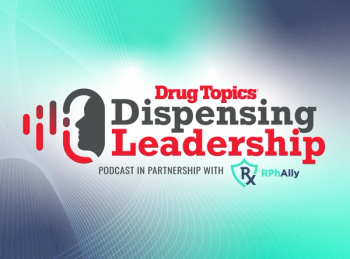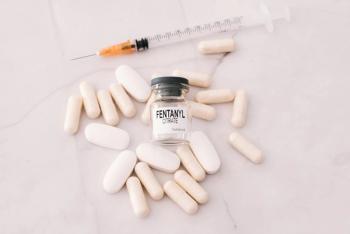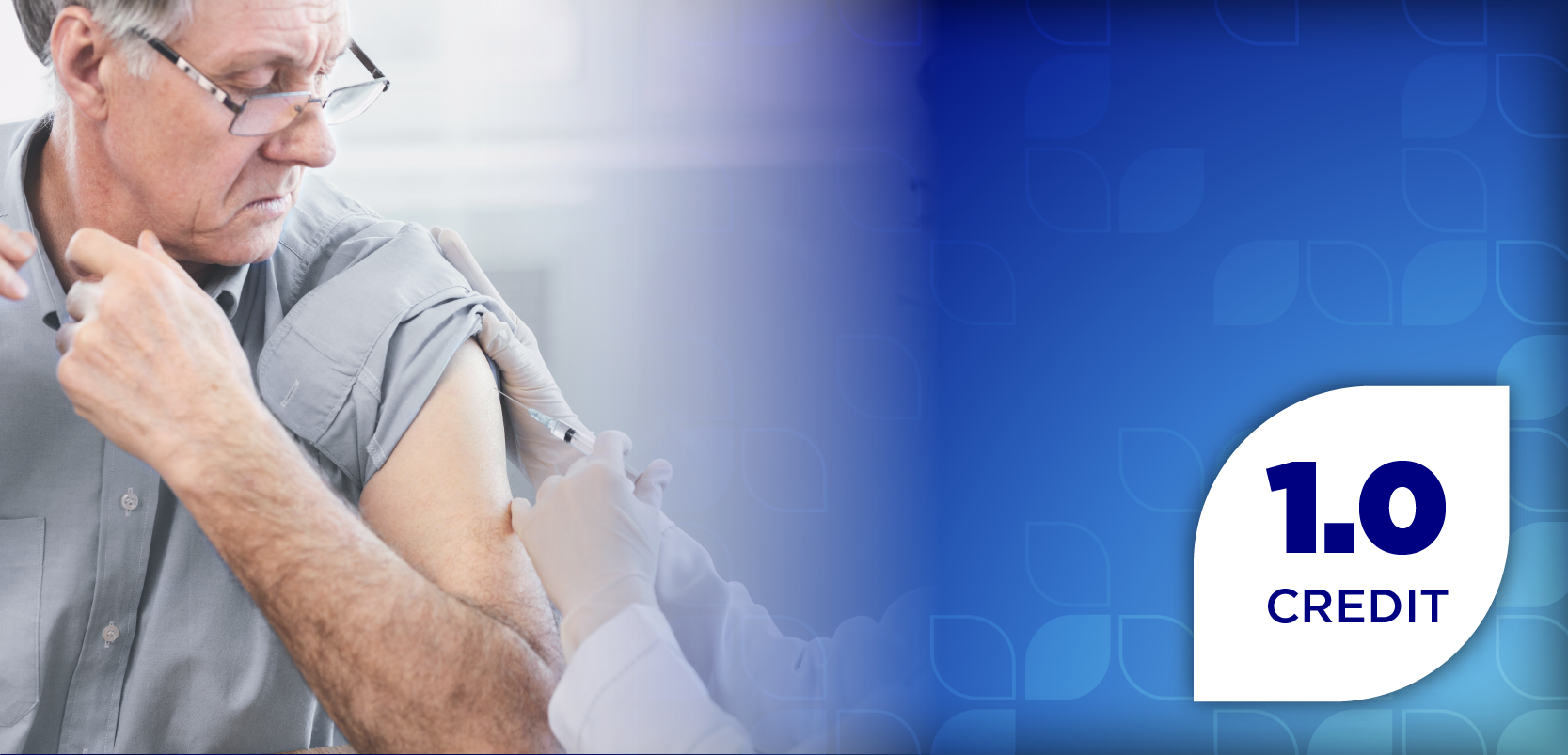
Pharmacy Leaders Gather to Improve Electronic Prior Authorization

Key Takeaways
- Real-time ePA adoption faces challenges in EHR integration, payer alignment, and patient transparency, despite growing industry interest.
- AHIP identifies inefficiencies in healthcare expenditures and proposes strategies to improve prior authorizations, including reducing claims and enhancing communication.
The National Council for Prescription Drug Programs gathered essential members from the pharmacy community in a roundtable discussion on electronic prior authorizations.
At the National Council for Prescription Drug Programs (NCPDP) November Work Group meeting, pharmacy industry leaders from a variety of professional backgrounds gathered to discuss the proper workflows for adopting real-time electronic prior authorization (ePA) in minutes, if not seconds.
“While adoption continues to grow, we know there's still a lot more work to get done, particularly around the integration into the electronic health record (EHR) workflows, aligning processes across the payers, the PBMs, and providers, and ensuring patients have a consistent, transparent experience,” said LeeAnn Stember, president & CEO of NCPDP, to introduce the discussion.1 “Today's roundtable is an opportunity to come together as an industry, including EHR vendors, health plans, pharmacy technology partners, and others, to share their perspectives.”
According to recent literature published by America’s Health Insurance Plans (AHIP), various stakeholders in the pharmacy industry and beyond are working to improve prior authorizations and their processes for patients and providers alike.2 While many patients have called for improvements in timing and receiving their medications in a prompt manner, prior authorizations can also burden providers and the convenience of their general workflow.
READ MORE:
In the AHIP’s report, they highlight that an estimated 25% of health care expenditures are subject to overtreatment, low-value care, a lack of care coordination, outdated technology, and fraud. To combat these negative statistics in the delivery of medications and health care services, authors of the paper proposed a variety of steps to improve prior authorizations.
They believe health care leaders can improve prior authorizations by reducing the number of claims that need prior authorization, enhancing communication and transparency, standardizing ePA, and a variety of other strategies focused on improving workflows.
Improving Prior Authorization in Pharmacy
With an evolving digital landscape, and a health care sector that is changing alongside it, gatherings like the NCPDP roundtable discussion are proof that industry stakeholders are addressing the barriers to improved patient outcomes. With the specific stakeholders involved in this discussion—including pharmacy technology experts, pharmacy benefit managers, health plans, and more—they focused in on a specific aspect of improving prior authorizations in the pharmacy industry.
“There is a line that says, by 2027, for all coverage types, at least 80% of prior authorization approvals will be answered in real time, and that is what health plans will pledge to you on the medical side,” said Pooja Babbrah, executive vice president of strategy and industry alignment at NCPDP.1 “Our goal today, I would say is, do we think we can get to 80% for Part D on the pharmacy side?”
After posing the question to attendees, the discussion was jumpstarted, including various experts in technology and insurance who have seen the successes as well as the downfalls of ePA and its processes. While the AHIP’s guidelines were implied for prior authorization in the entire health care sector, the roundtable discussion focused on Medicare Part D plans, typically for prescription drugs. And despite NCPDP anticipating members from the Centers for Medicare & Medicaid Services (CMS) to participate in the discussion, the government shutdown impeded their ability to travel.
However, NCPDP members still gathered to discuss the best approaches, as well as common challenges and pain points, in making a seamless ePA experience in real time for both patients and providers.
Defining Real-Time ePA
The real-time ePA discussion moved toward automation and defining what “real-time” is to certain stakeholders.
“I think you can break apart, both of those words (real-time and automation), and you may have different answers for both. What is real-time acceptable to the patient, what is real-time acceptable to the pharmacy, to the provider; you may have different answers,” said one of the roundtable participants. “We also talked about that ‘without human intervention’ is necessary to get anywhere close to real-time.”
With NCPDP leaders posing the question of how do stakeholders define real-time ePA, roundtable attendees broke it down to include all individuals involved, including patients, providers, private and government health plans, and even technology vendors for the electronic side of the prior authorizations.
Also, with a focus on the no-human-touch aspect, attendees agreed that less work for the human involved in the ePA process is a better approach in achieving real-time.
Challenges, Solutions to Improving ePA
After brainstorming and defining the basic yet crucial principles within ePAs, the pharmacy leaders then explored best practices in facilitating the process, common workflow and regulatory challenges, as well as ways to measure ePA success.
Many of the attendees focused on themes of trust in the ePA process; mainly in trusting the technology involved, relaying to patients and providers that it is used to ensure processes are seamless. With trust in technology and providers submitting ePAs arising as a barrier in the process, attendees believed regulatory bodies or other structural changes to the ePA process could improve these barriers.
Discussing why the proper information is necessary for ePA, and why answering the right question sets is crucial, the attendees also agreed that ePA has a long road ahead due to its place in the health care sector. Since the standards backing ePA and its adoption for pharmacy services are rather novel, it is not an industry-wide standard. With health plans and providers using a variety of vendors and technology platforms, it will be a continuous challenge to improve ePA and get to that real-time certainty.
Collaboration between providers and vendors, as well as health plans and other stakeholders, has been a persistent challenge within health care. However, throughout the roundtable discussion on improving ePA industry-wide among those involved in Part D plans, collaboration seemed to be a key aspect of moving the ePA conversation forward.
“There’s some we do need to do, but it's more of a glacial move, rather than a big move,” concluded one of the NCPDP members and roundtable participants.1 “In order for the next thing to really move us, I think we're looking for something that's more than updating some elements, but really more collaboration across the industry, which is what it's going to take.”
READ MORE:
REFERENCES
1. ePA roundtable discussion. Presented at: National Council for Prescription Drug Programs November Work Group Meeting; November 5-7, 2025; Philadelphia, PA.
2. Improving prior authorization for patients & providers. America’s Health Insurance Plans. June 23, 2025. Accessed November 10, 2025. https://ahiporg-production.s3.amazonaws.com/documents/202506_AHIP_Report_Prior_Authorization.pdf
Newsletter
Pharmacy practice is always changing. Stay ahead of the curve with the Drug Topics newsletter and get the latest drug information, industry trends, and patient care tips.





















































































































































